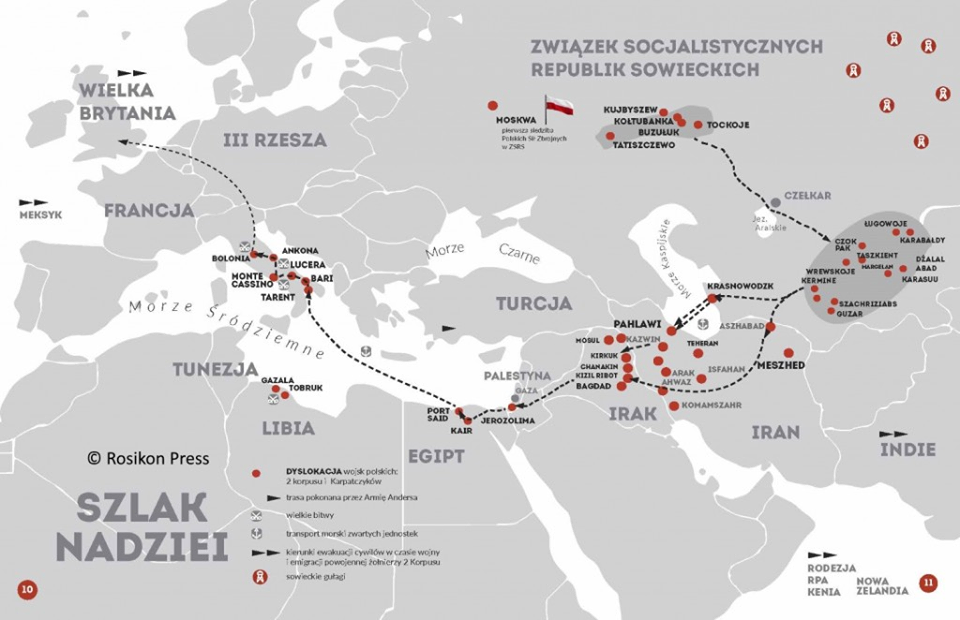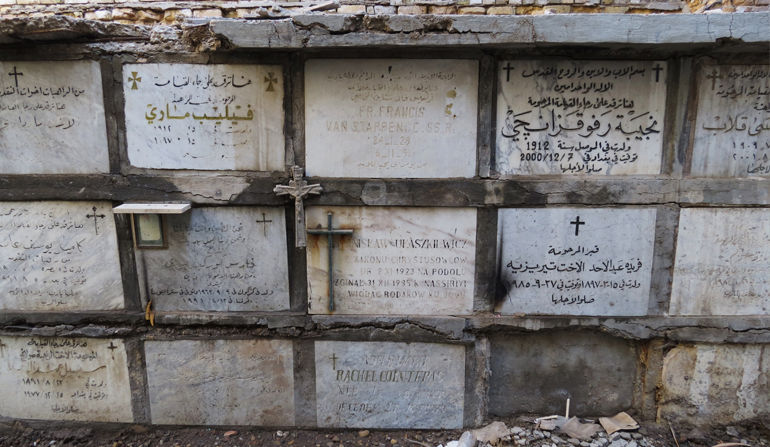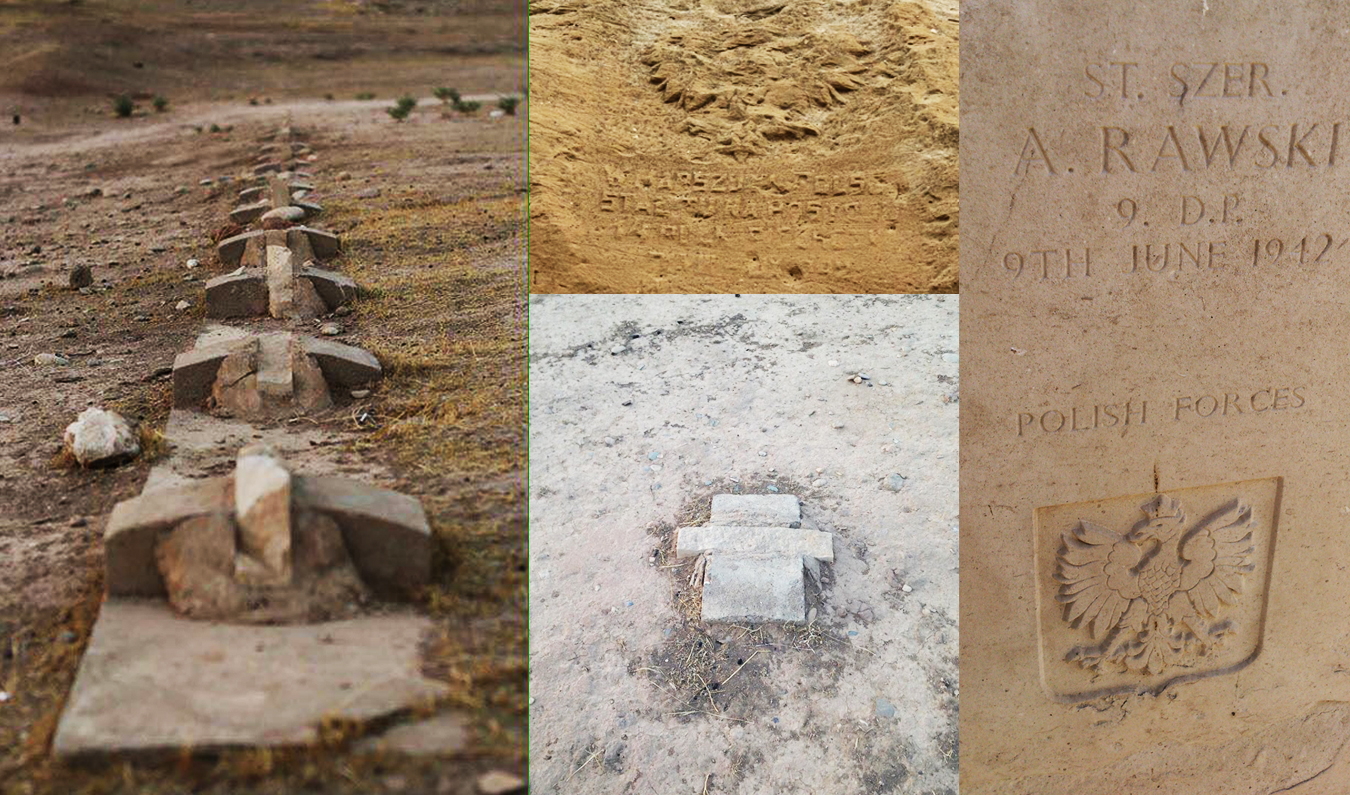Hundreds of graves of Polish people have been damaged and are about to be eradicated by the extremist groups. The eight-decades-old graveyard awaits renovation.
The graveyard dates back to World War Two (WWII) when thousands of polish families migrated to Asian countries, including Iraq.
The graveyard is five km away from the center of Khanaqin district, Diyala province. The efforts of Iraqi government and Polish archeologists to restore the cemetery have not succeeded. The turmoil and instability Iraq has gone through have resulted in the negligence of the restoration.
The graveyard was built in 1942 during WWII and contains 438 graves, according to a data KirkukNow received from a Polish journalist and traveler.
Adam Warszawski, the journalist and traveler, visited the graveyard in 2017 and conducted a research on the cemetery with the aim of its renovation.

Diyala, Polish graveyard in Khanaqin, Photo: Adam Warszawski
The polish people arrived in Khanaqin in 1942. Some of them were soldiers, and the others were civilians, according to a Khanaqin historian. At the time, the region was under the control of the British.
Ibrahim Mohammed, 65, is a historian and archeologist, said, “most of the polish people died from diseases. Back then, the British allocated that area for their graves.”
The graveyard is near to the Alwand river. Names of the people, information on their lives, and the Polish anthem are on the headstones of the graves.
Mohammed stated, “the British government was at war and could not take back warriors to their countries.”
Polish graves also exist in Kirkuk, Mosul, Baghdad, Basra, and Habbaniyah, but Warszawski stated, “Khanaqin has the biggest and the main Polish graveyard.”
“We have information that there was another Polish graveyard in Baghdad, and was destroyed during Iran-Iraq war because it was close to a refinery factory,” Warszawski said.
There are the graves of 104 Indians and three Arabs at the Polish graveyards, according to Warszawski.

Migration map of the Polish people. Photo: Adam Warszawski
“The graveyard was built at the request of the Polish people, and they agreed to bury other nationalities there,” he claimed, “we have the list of the names of the people and their birth dates who were buried in the graveyard.”
Polish People Integration
Khanaqin district has a history of peaceful coexistence where different religious and ethnic groups have lived peacefully. Suni- Shia Arab Muslims, Christians, Kakai, Kurds, and Turkmen live together. Polish people had been part of that history.
Historian Mohammed stated, “they prayed along with the people of Khanaqin at the churches and had good relations with people.”
“They shared their culture and preserved their arts and civilization. They even had a Polish school of art in the district.”
Although they integrated into society, no evidence available to prove they married locals.

Baghdad, graves of Polish people in graveyard in the Baghdad. Photo: Adam Warszawski
Part of the Graveyard Ruined
Mohammed stated extremist groups have ruined some of the graves and their headstones since the fall of the former regime in 2003.
In 2013, the Polish Consulate and Aram Mohammed, former minister of the Ministry of Martyrs and Anfal Affairs of Kurdistan Regional Government, met and discussed the renovations of the graveyard.
Warszawski stated, “it was partly renovated including writing names and information on the graves.”
Sarwar Ali, an activist in Khanaqin, has visited the graveyard several times and explained that unknown people have further damaged the cemetery since the withdrawal of the Kurdish forces from the district in late 2017.
Regardless of how the situations are going, Warszawski wants to travel Iraq and visits the graveyard again.





